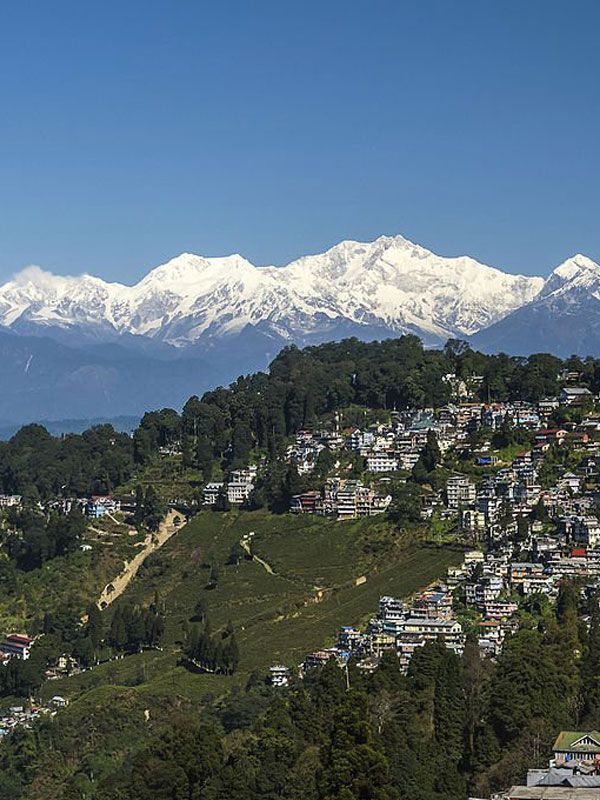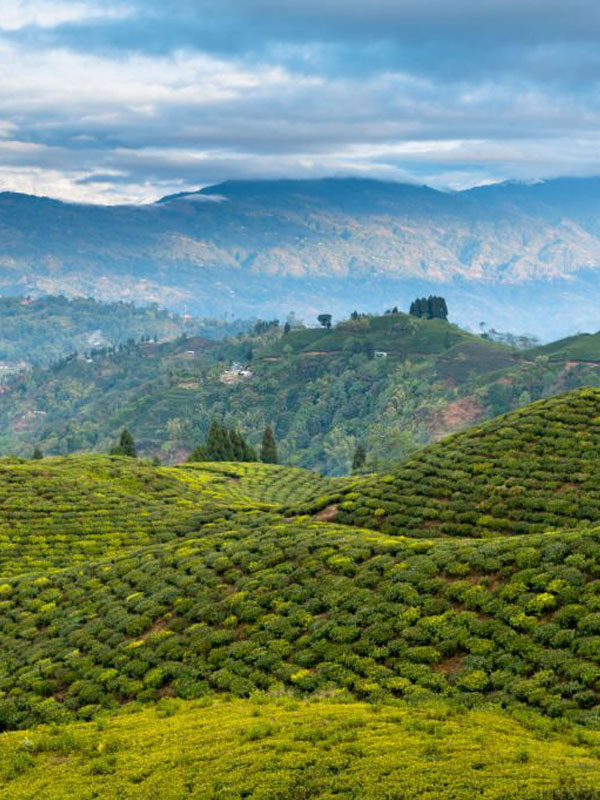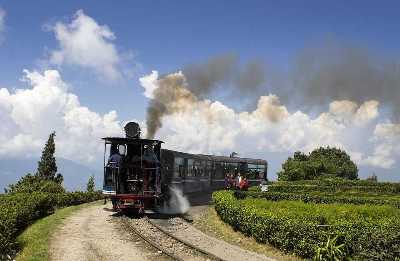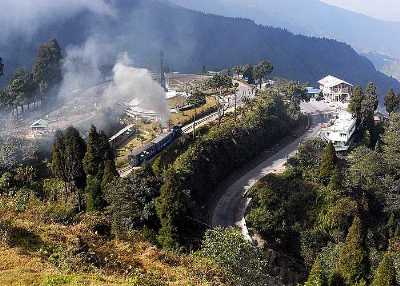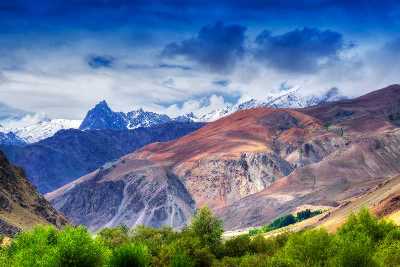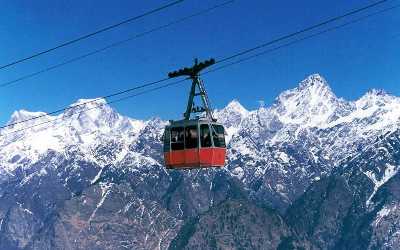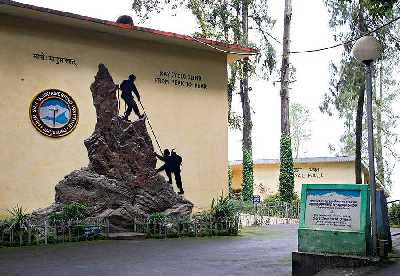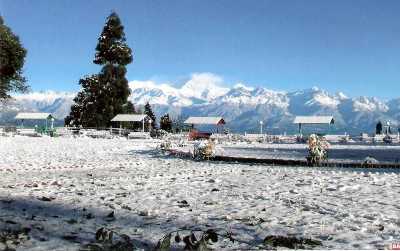Darjeeling - Queen of The Hills
Darjeeling is a charming town in the Indian state of West Bengal, nestled among the Lesser Himalayas and covered in emerald green tea fields. The third-highest mountain in the world, Kanchenjunga, often spelled Kangchenjunga, majestically dominates this lovely town. Popularly referred to as the “Queen of the Hills,” Darjeeling is a popular tourist destination renowned for its natural splendor, historic woods, charming homes, hospitable residents, and the mountain scenery it offers.
Thousands of people are drawn to Darjeeling today seeking a peaceful escape from the maddening crowds. Travelers of all types—tourists, hikers, ornithologists, photographers, botanists, and artists—will find in Darjeeling an experience that will live long in their memories.
One of India’s most beautiful hill stations, Darjeeling is situated in West Bengal’s northern region. It’s all about breathtaking views of the snow-capped Kanchenjunga, rivers running down the mountainside, beautiful tea gardens, and surroundings with firs, pines, and ferns, all mixed with kind people and a modern yet colonial charm.
Darjeeling, which served as India’s summer capital during the British Raj, has emerged as one of the country’s most popular hill resorts. This popular hill town in West Bengal is the ideal destination for a wonderful vacation. Located at a height of 2,050 meters above sea level and surrounded by miles of tea plantations, Darjeeling has a pleasant temperature all year long.
